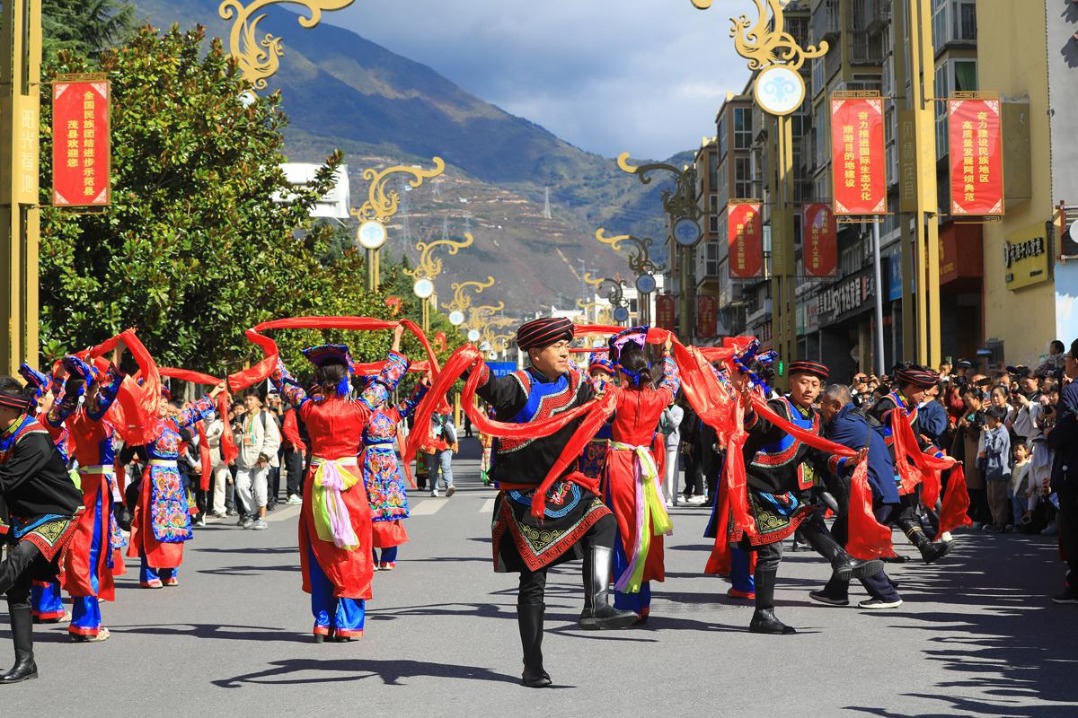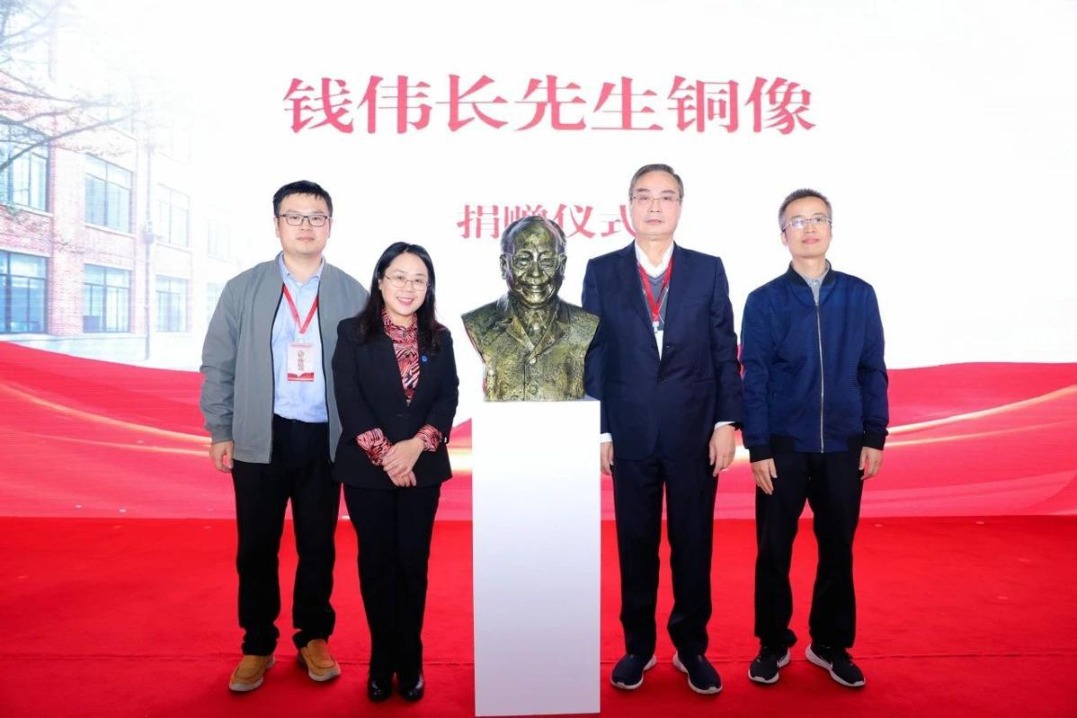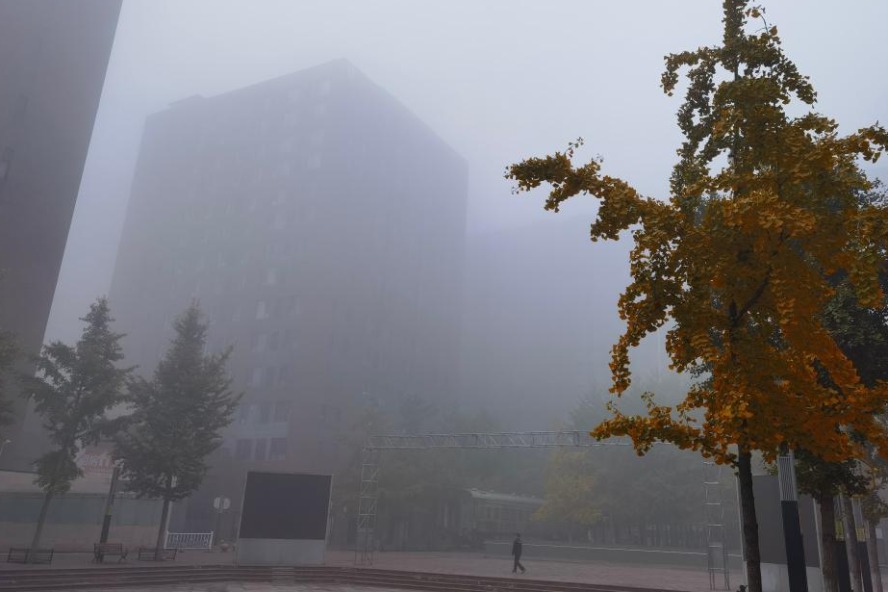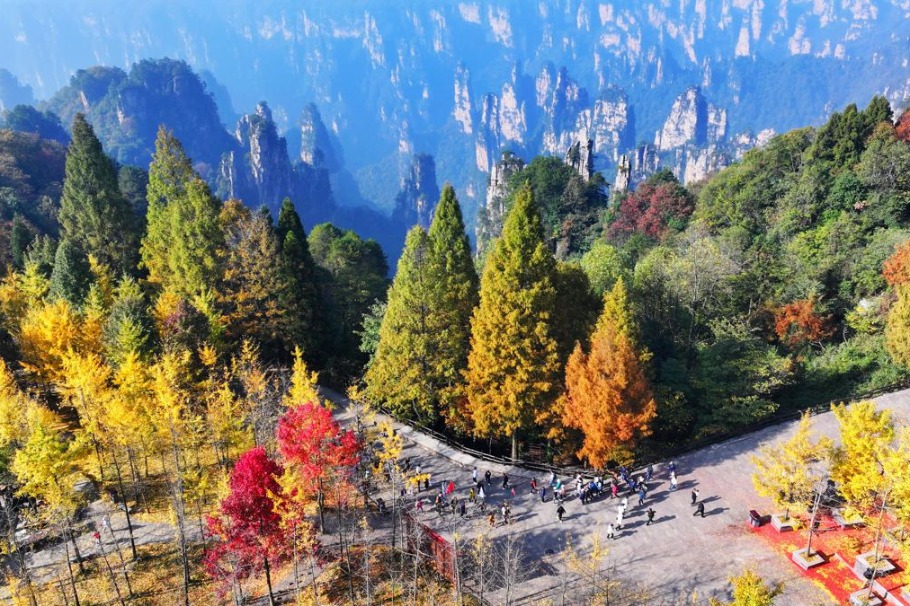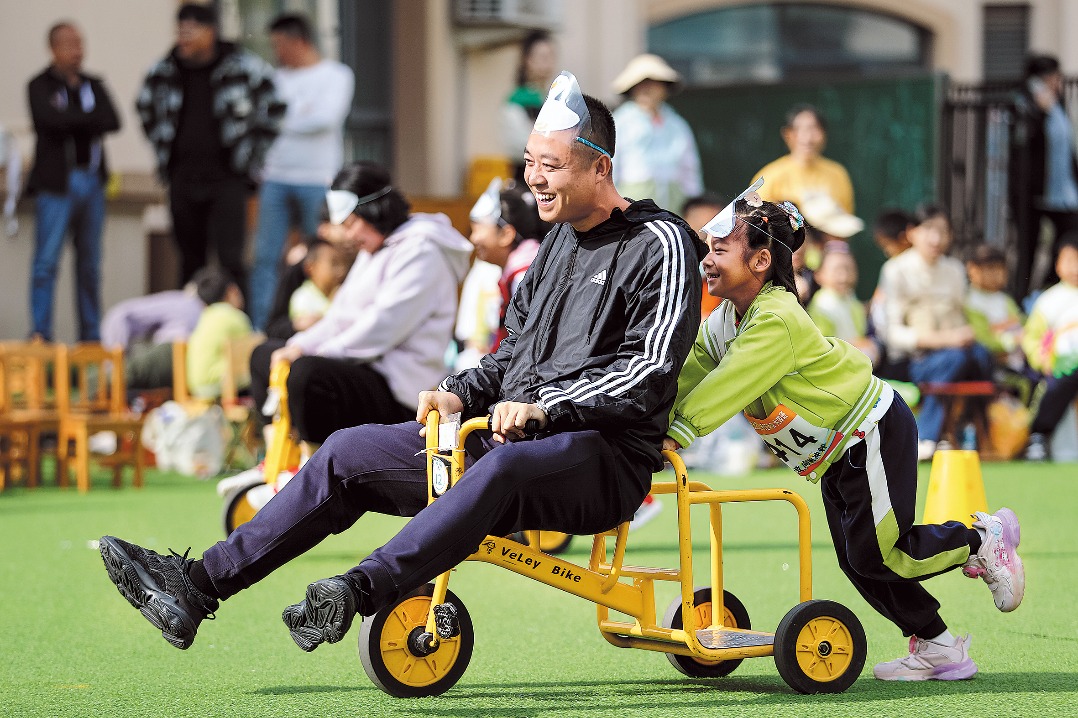China details work on biodiversity at COP16


Representatives from government institutions, enterprises, conservation organizations and other stakeholders from China gathered at the China Pavilion of the 16th Conference of the Parties to the United Nations Convention on Biological Diversity in Cali, Colombia, and successfully held a side event on the theme of "Strategies and Actions for Mainstreaming Biodiversity Conservation" on Oct 23.
They exchanged views at the event, hosted by the All-China Environment Federation with the support of the Ministry of Ecology and Environment and Tencent Corporation, contributing Chinese wisdom to COP16.
Academician Wang Jinnan of the Chinese Academy of Engineering shared the policy progress on the mainstreaming of biodiversity conservation in China. He said that following the Kunming-Montreal Global Biodiversity Framework agreed upon at COP15, China has clarified its strategy and action plan for biodiversity conservation, deploying priority areas such as biodiversity mainstreaming, sustainable use and benefit-sharing of biodiversity, and modernizing biodiversity governance capacity to establish policies, laws, regulations, standards and monitoring systems for biodiversity conservation.
Zhou Yilin, a product manager of Tencent's sustainable social value initiative, shared the corporation's latest practices in biodiversity conservation, including AI species recognition, an infrared camera app for wildlife photography and a universal software development tool kit. Xu Xin, a representative from The Nature Conservancy's China Program, analyzed the complex societal challenges currently faced by biodiversity conservation from an international organization's perspective.
State Grid Yangzhou Power Supply Company shared the story of how its workers have protected birds while maintaining the grid. Zhu Jie, a volunteer of the company's Bird's Guardian Grid project, told how young volunteers from the company protected the Oriental white stork, a nationally protected bird, in Gaoyou, Jiangsu province.
From the initial line failure caused by the stork nesting on power towers, to the development of barriers that prevent droppings and nesting debris from falling onto electrical wires and causing shorts and the refinement of the transmission tower design, they have promoted Gaoyou to become the first Protected Area for Oriental White Stork in Jiangsu.
















